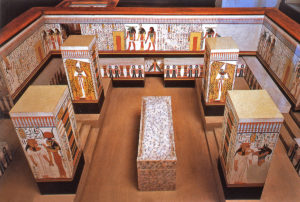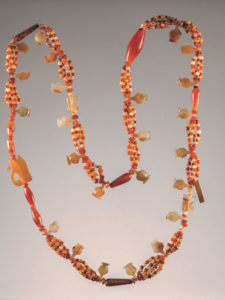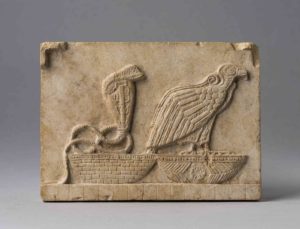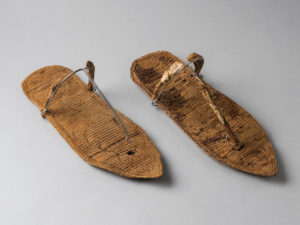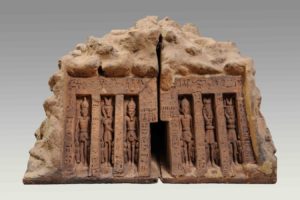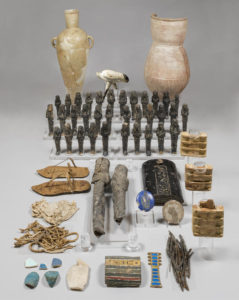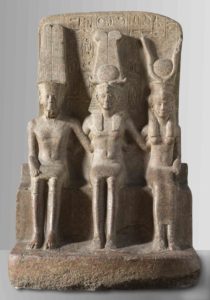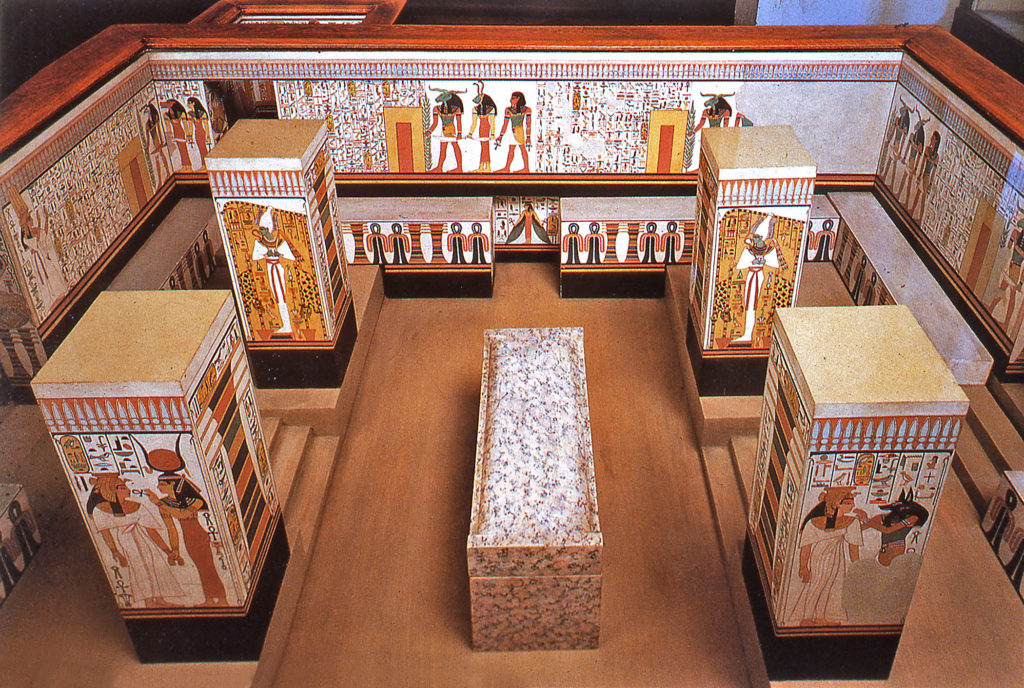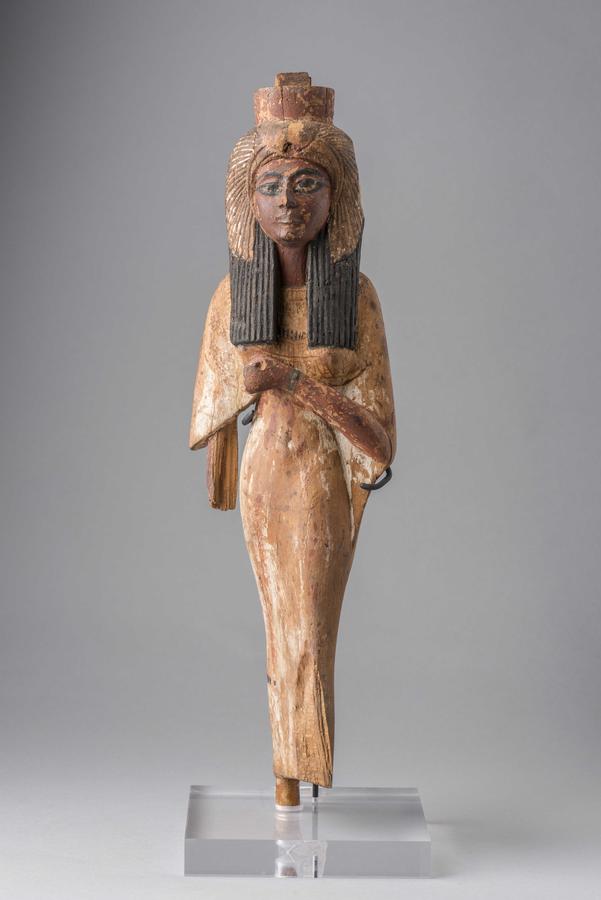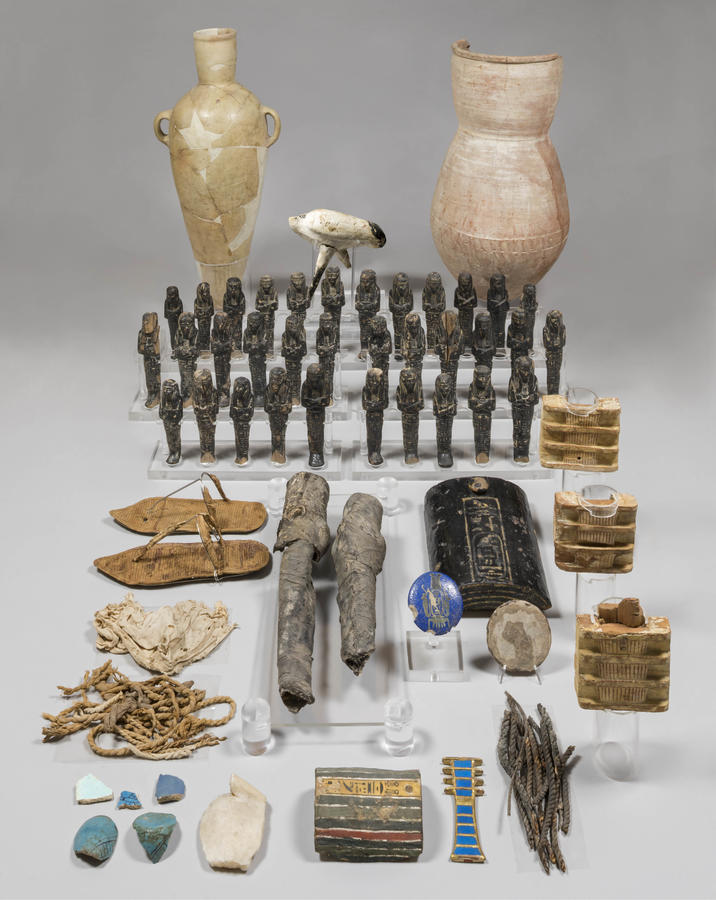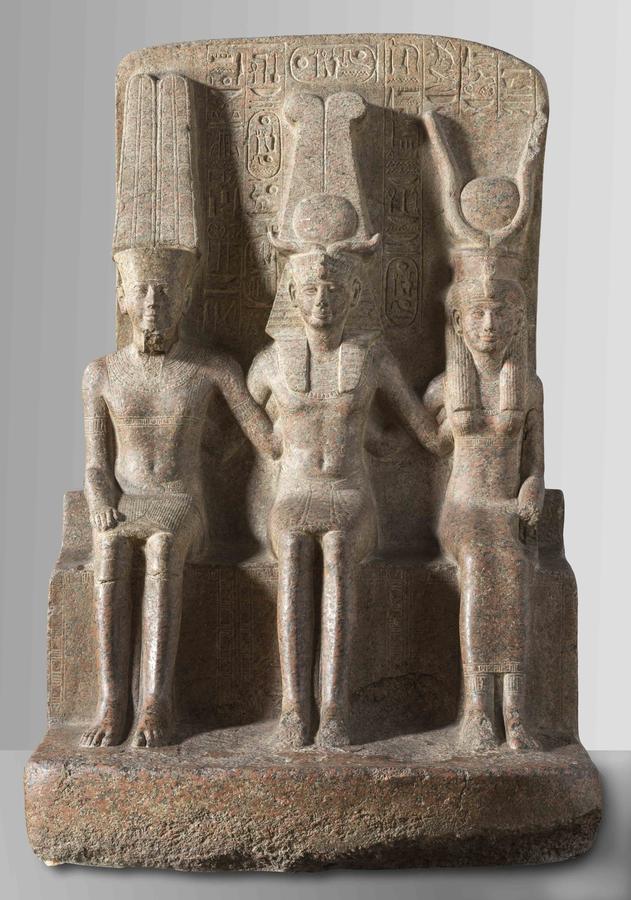Powerful Egyptian Queen Gets a Kimbell Museum Moment — A Fresh Look at Royal Life in Fort Worth
Prominent Women in Ancient Egypt
BY Courtney Dabney //Model of Queen Nefertari’s tomb, early 1900s
During the height of ancient Egyptian civilization, a few women held positions of true prominence. The radiant Queen Nefertari was one of those. Now, the Kimbell Art Museum’s newest exhibit, which runs through March 14, shines a light on Queen Nefertari’s Egypt.
Renowned for her beauty ― called “the one for whom the sun shines” — Queen Nefertari was the favorite wife of pharaoh Ramesses II. She and other women of ancient Egypt are brought to life at the Fort Worth museum through 230 objects from temples, tombs, palaces and the artisan village of Deir el-Medina, presenting the richness of Egyptian culture some 3,000 years ago.
Drawn from the Museo Egizio in Turin, Italy, one of the most important and extensive collections of ancient Egyptian works in the world, these exceptional objects highlight the role of women ― venerated as goddesses, ruling as queens and accomplished as artisans.
There are majestic statues, exquisite jewelry, decorated vases, papyrus manuscripts, carved steles, splendid stone sarcophagi and intricately painted wooden coffins, alongside the tools and items of daily life utilized by the craftsmen who built the royal tombs.
“Ancient Egypt has long fascinated the modern world,” says Eric M. Lee, director of the Kimbell Art Museum. “And we are thrilled to present this remarkable exhibition that is altogether alluring, grand, exotic and captivating. We are especially grateful to the Museo Egizio for lending us this extraordinary collection of objects.”
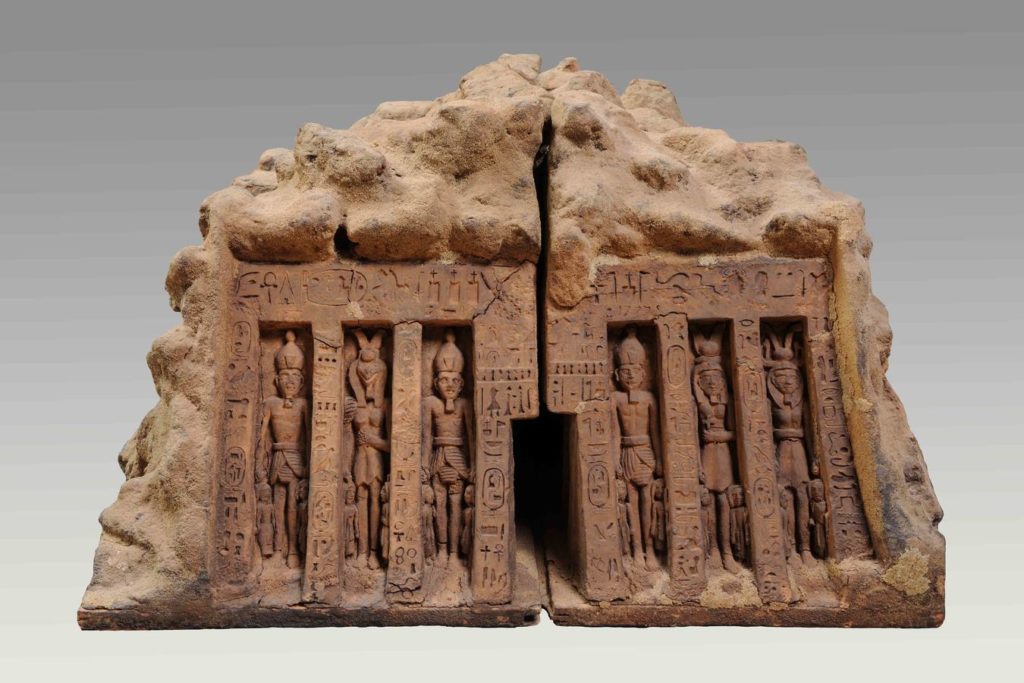
Queen Nefertari: “The One for Whom the Sun Shines”
Alongside famous names such as Hatshepsut, Nefertiti and Cleopatra, Nefertari is one of the most celebrated queens of ancient Egypt. She was the Great Royal Wife, the favorite of Pharaoh Ramesses II, who reigned from 1279 to 1213 B.C. as a builder of grand monuments, vast tombs and monumental temples.
Although few details are known about Nefertari, archaeological records reveal that she was highly regarded, and educated and could read and write hieroglyphs. Using these skills, she aided the pharaoh in his diplomatic work.
The exhibition opens with a monumental granite sculpture of Nefertari’s husband, the great Pharaoh Ramesses II, seated between the sun god Amun and his wife, the goddess Mut ― the two patron deities of Thebes.
Until the early 1900s, Nefertari was known only through a few finds, such as sculptures, tomb paintings and hieroglyphs related to Ramesses II. In 1904, Italian archaeologist and the then director of the Museo Egizio, Ernesto Schiaparelli, uncovered Nefertari’s tomb in the Valley of the Queens, located near the ancient capital of Thebes.
When the tomb was opened, he discovered brilliantly painted scenes depicting the perilous and challenging journey Nefertari had to make to appease the gods on her path to immortality. While the tomb itself proved to be extraordinary, he found that robbers had looted nearly all of its contents soon after it was sealed.
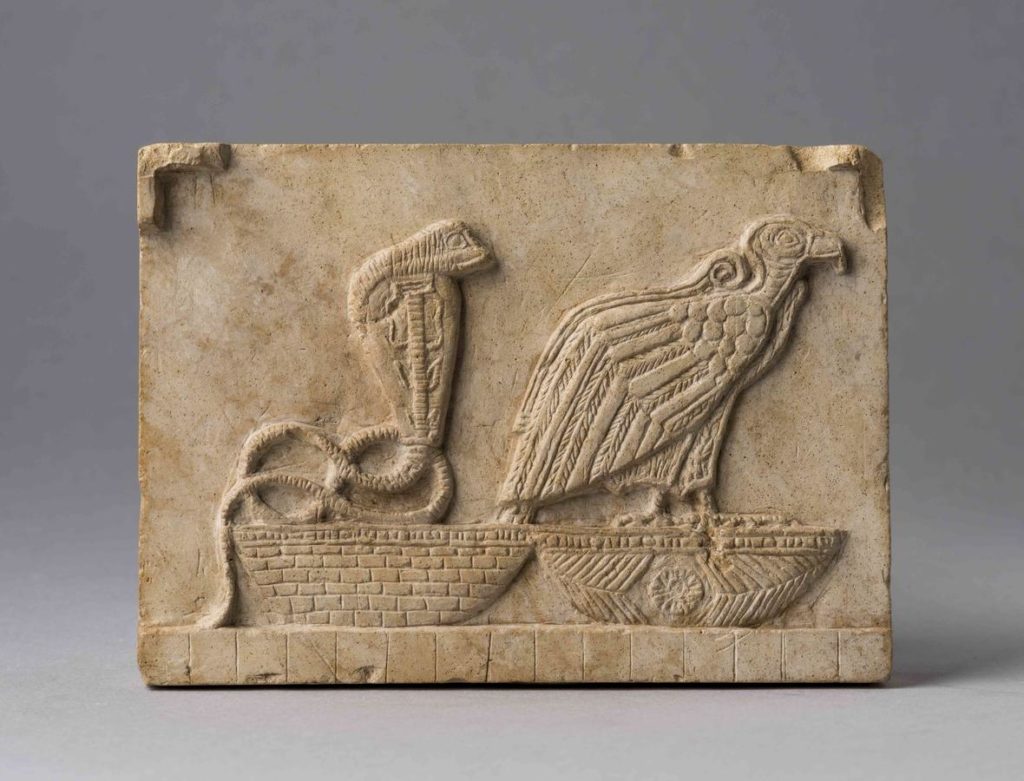
The objects that were recovered, however, hint at what must have been a magnificent treasure trove of furniture, precious oils and other provisions for the afterlife. Objects found inside the tomb, presumed to belong to Queen Nefertari, are included in the Kimbell exhibition.
Built by the artisans from Deir el-Medina, Nefertari’s tomb is sometimes called “the Sistine Chapel of Egypt,” the tomb’s elaborately painted walls feature Nefertari and an array of gods and goddesses, animals and insects and hieroglyphic magic spells, illustrating the intricate process of passing through the underworld to eternal life.
While excavating in the Valley of the Queens, Schiaparelli discovered the tombs of two sons of Ramesses III (1187 to 1157 B.C.). Their tombs were constructed in the 20th dynasty (c. 1189 to 1077 B.C.), but reused about five centuries later.
The Kimbell exhibition closes with a number of beautifully decorated human-form coffins from these tombs, sculpted or painted with the eyes shown open as if the deceased were still alive.
Daily Life in Ancient Egypt
Schiaparelli also made significant discoveries in the village of Deir el-Medina ― located on the west bank of the Nile near Thebes and home to artisans working on royal tombs.
Museum visitors will see household items, tools such as brushes and draftsmen’s sticks, pickaxes and chisels, ostraca (limestone or pottery sketchpads of ancient Egyptian scribes and artists) and funerary votive statues that provide a sense of the way people lived, worked and practiced religion more than 3,000 years ago.
“I hope visitors will appreciate the high level of artisanship in these works, ” said Jennifer Casler Price, curator of Asian, African and Ancient American art. “Whether it is a majestic carved stone sculpture, an exquisite piece of jewelry, a precious perfume jar, a beautifully painted piece of domestic pottery, a humble painter’s brush, delicately painted papyri, intricately painted coffins or even a queen’s pair of unassuming palm sandals.”
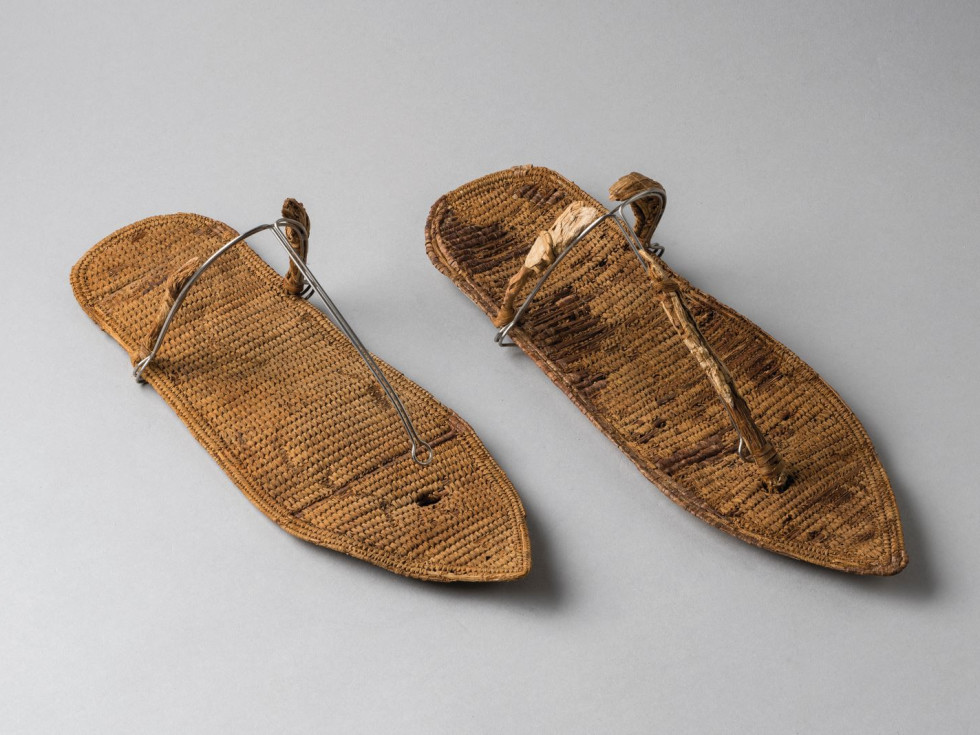
Queen Nefertari’s Egypt adds an exciting new show to the Kimbell’s special exhibition repertoire and casts light on royal life in the palace, the roles of women in ancient Egypt, the everyday life of artisans and the powerful belief system and ritual practices around death and the afterlife.
“I hope that these incredible objects give our visitors a sense of stepping back in time and into the footsteps of ancient Egyptians, both royal and commoner,” Casler Price says. “We’re thrilled to bring the best of ancient Egypt back to Fort Worth.”
Admission to Queen Nefertari’s Egypt is $18 for adults, $16 for seniors and students, $14 for kids age 6 to 11, and free for children under 6. Admission is half-price all day on Tuesdays and after 5 pm on Fridays.
